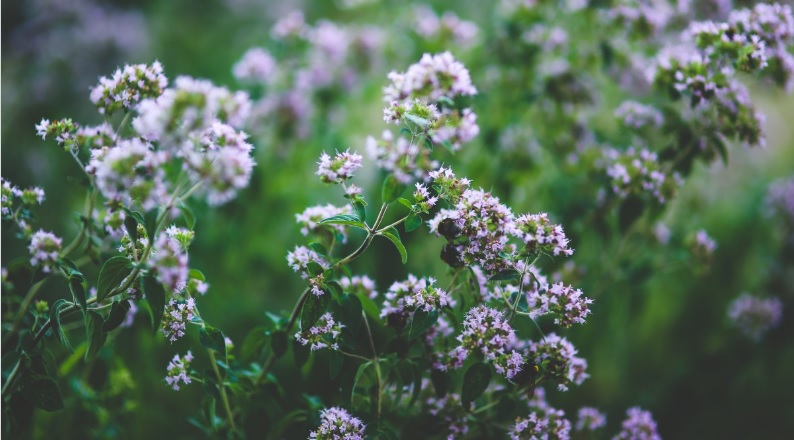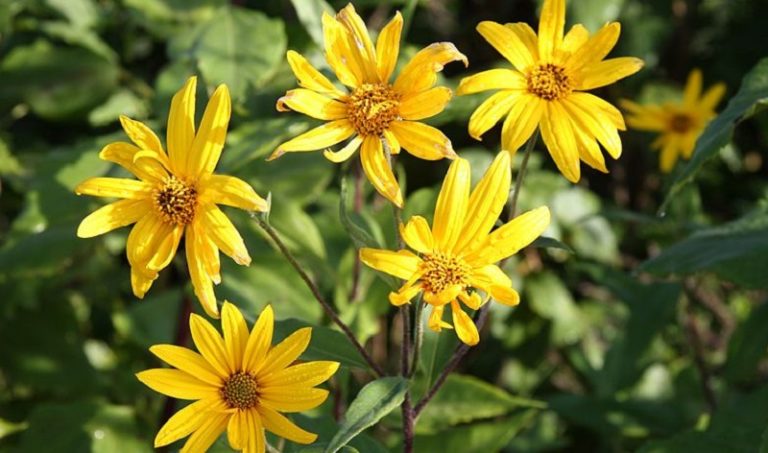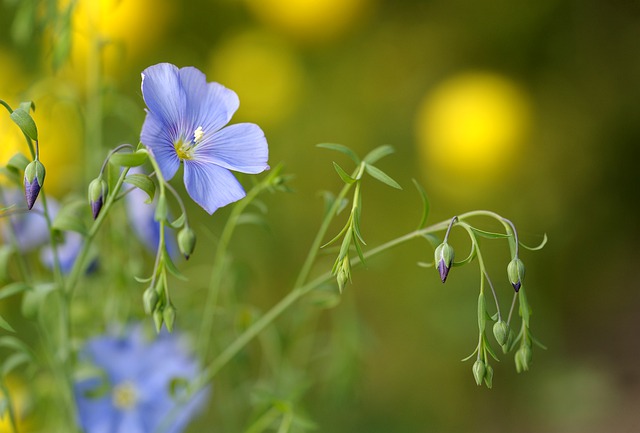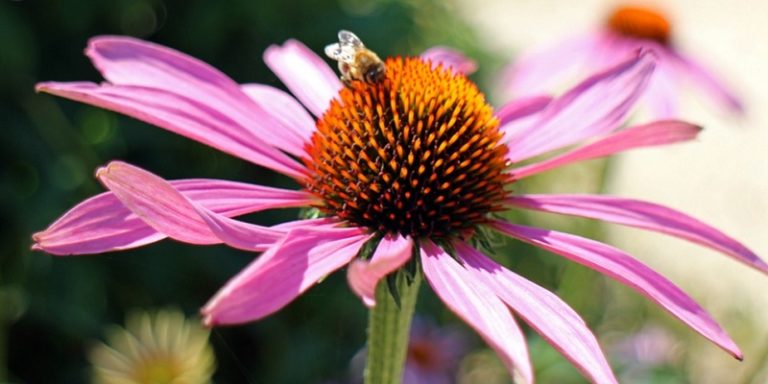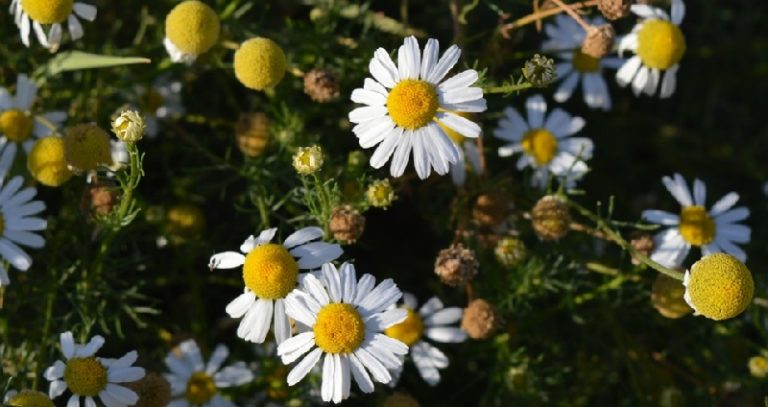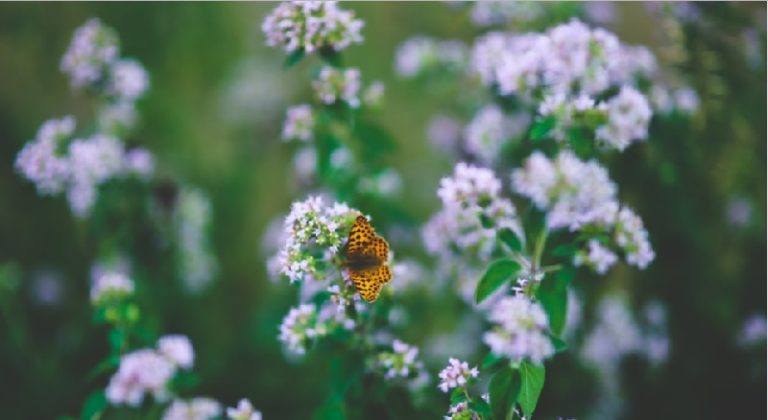Medicinal herbs: common oregano (oregano)
Oregano herb: benefits, properties, effect on the body, the use of oregano in folk medicine and the treatment of various diseases.
Oregano is a perennial herbaceous plant of the Lamiaceae family, genus Oregano. Latin name: Origanum vulgare L. Other popular names: dushmyanka, spiritual color, oregano, forest mint, pine bone breaking grass, oregano, pizza-spice.
Lavender comes in pink, purple, white, and even yellow.
Common oregano is a perennial plant with inflorescences of purple, pink shades, sometimes white. Height – up to 90 cm. The rhizome is branched, creeping. The stems of the plant are straight, tetrahedral, covered with soft hairs, branched in the upper part. The leaves are ovate, oblong, pointed at the end, 1-4 cm long. They are in pairs opposite each other. The flowers are small, collected in corymbs. The fruit of the common oregano consists of four nuts. The plant blooms in July-August, the fruits ripen in August-September. Oregano propagates by ordinary seeds and vegetatively.
. . . . . .
The composition of common oregano
Oregano is rich in vitamin C, especially a lot of it in the leaves (565 mg), as well as a whole set of micro and macro elements, the first place among which is occupied by potassium and calcium.
In addition, the plant owes its aroma to essential oil, which contains up to 1.2%. Oregano essential oil also has medicinal properties and is sold under the name “hoppy”. The plant also contains flavonoids and tannins.
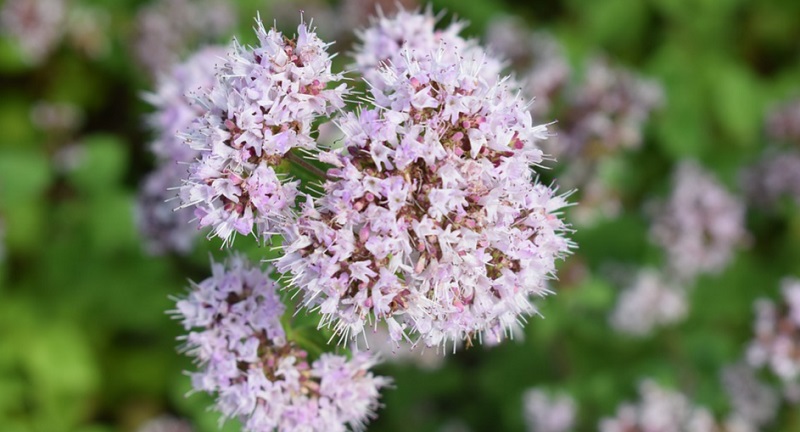
Medicinal properties of common oregano
Common oregano has a calming effect on the central nervous system, therefore it is actively used in folk and official medicine. In addition to neuroses themselves, it is used in the treatment of seizures, epilepsy, paralysis, insomnia.
With stomach and duodenal ulcers, gastritis (with low acidity), oregano preparations relieve inflammation, they are used for intestinal colic, flatulence, diarrhea, vomiting. In addition, they enhance intestinal motility, improve appetite.
Also , common oregano is recommended for the treatment of cholecystitis, biliary dyskinesia, enterocolitis, hepatitis and other medical indications.
Oregano has proven itself well for the treatment of acute respiratory diseases, as well as other chronic diseases of the bronchopulmonary system, such as: pulmonary tuberculosis, chronic bronchitis, acute and chronic pharyngitis, whooping cough, bronchial asthma, etc. Internal intake of the plant promotes the discharge of phlegm, relieves inflammation and suffocation. External use consists in rinsing, as well as healing inhalations.
Traditional medicine recommends common oregano in the form of baths, lotions, compresses for various skin diseases such as: abscesses, rash, diathesis, neurodermatitis, eczema, vitiligo, etc., as well as wounds, boils, diaper rash.
In addition, common oregano is used for stroke, sciatica, rheumatism, neuralgia, headache, as well as in complex therapy for the treatment of cancer.
Oregano (oregano) – cultivation, care
Folk recipes with common oregano
The infusion is prepared from 2 tablespoons of herbs in 2 cups of boiling water (in a thermos). Take in 3 doses 20-40 minutes before meals. For baths, use 100-200 g of dry grass per 2-3 liters of water (pour boiling water, leave for 1-2 hours, filter and add the entire portion to a bath of water).

